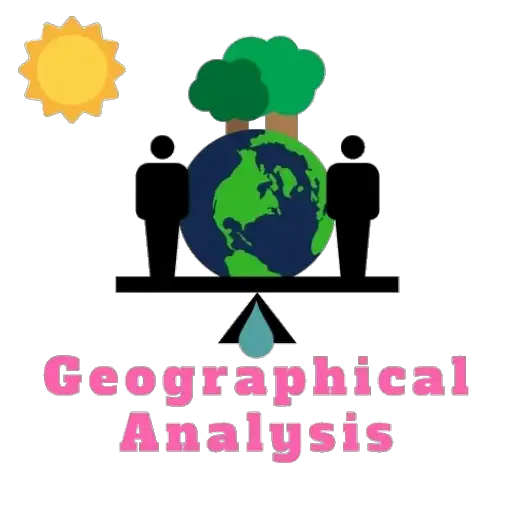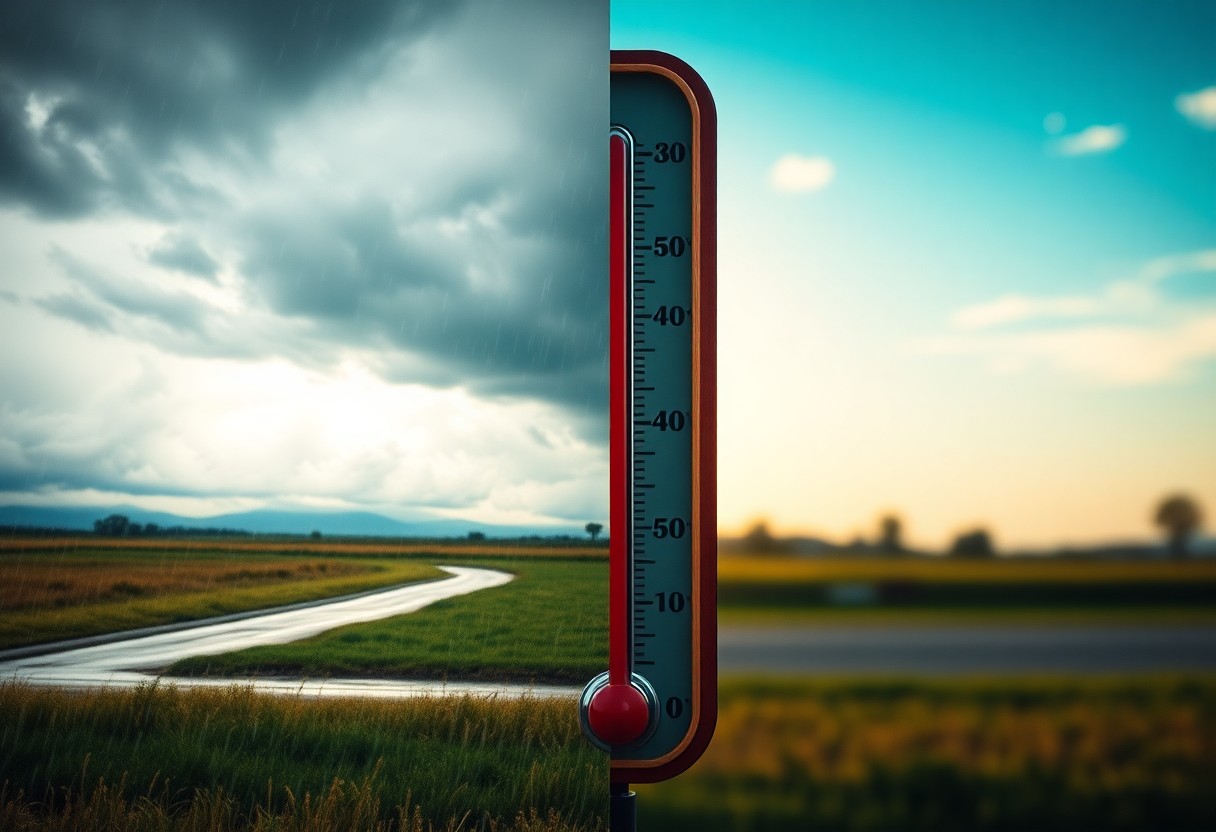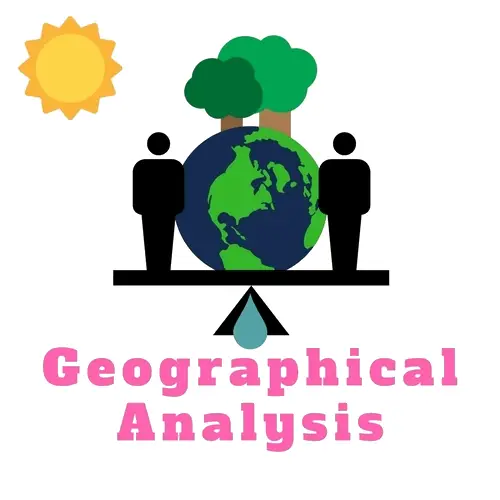It’s imperative to understand the distinction between weather and climate, as they are often used interchangeably but represent two very different concepts. Knowing the difference can enhance your appreciation for environmental science and help you make informed decisions about your daily life and long-term planning.
Weather refers to the short-term atmospheric conditions in a specific place at a given time. This includes immediate factors like temperature, humidity, precipitation, wind speed, and visibility. For instance, when you step outside and feel that it’s chilly or you notice clouds threatening rain, you are experiencing the weather. Because weather can change rapidly, forecasts usually cover a short time frame, most times days or even hours ahead. You can check a weather app for updates because it helps you plan your clothing, activities, and outdoor events according to those immediate conditions.
On the other hand, climate describes the long-term patterns and averages of weather conditions in a particular region over an extended period—typically 30 years or more. When someone speaks about the climate of an area, they are referring to typical seasonal weather conditions. For example, you might learn that your region has a Mediterranean climate characterized by hot, dry summers and mild, wet winters. Understanding the climate can significantly impact your lifestyle choices, such as what type of home you build or what crops you grow if you’re involved in agriculture.
One of the imperative differences lies in the time scales involved. Weather is transient and can change multiple times within a single day, whereas climate is steadfast and evolves slowly over years. When you hear about climate change, it pertains to the long-term shifts in these patterns—something that could affect seasons, precipitation patterns, and temperature fluctuations over time.
Your understanding of weather can help you with day-to-day choices, like deciding whether to carry an umbrella or plan a picnic. Conversely, your awareness of climate is key to understanding broader environmental trends and making sustainable decisions. For instance, if you live in an area facing increasing drought conditions due to changing climate, you might choose to conserve water or participate in local conservation programs.
Another important aspect to consider is the scale of both concepts. Weather can be specific to your locality—perhaps it’s raining in your neighborhood while the sun shines just a few miles away. Climate is more generalized and involves large geographic areas, providing an overview rather than specifics. This generalization can help inform global and policy decisions surrounding issues like urban planning, agriculture, and environmental sustainability.
In the final account, while weather is the atmospheric conditions you experience daily, climate compiles these conditions over time to create a picture of what you can typically expect in a specific region. This understanding empowers you to adapt and navigate both your immediate environment and long-term planning effectively.







